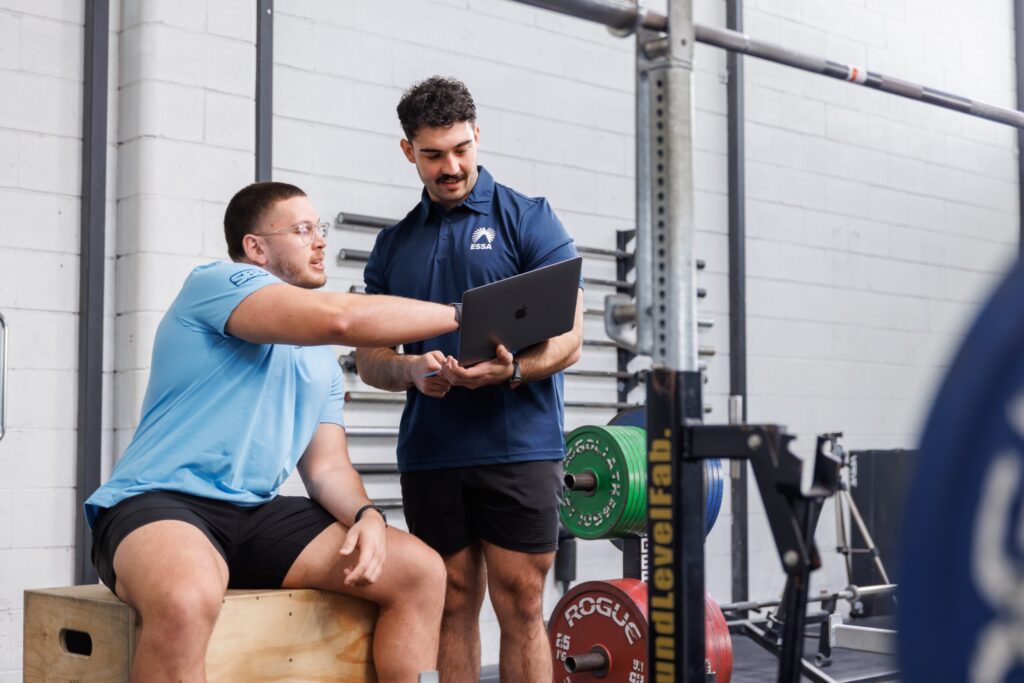Post traumatic stress disorder (PTSD)
PTSD can develop after exposure to a potentially traumatic event such as a natural disaster, a serious injury or sexual assault. PTSD may occur after one traumatic event, or after repeated exposure to potentially traumatic events. Evidence from Australia suggests more than half the population will be exposed to a traumatic event, with around 12% developing PTSD. However, occupations including first responders (e.g. fire, ambulance and police) and military personnel at high risk of developing PTSD.
Symptoms include nightmares or flashbacks, avoidance of people, places or things associated with the trauma, heightened reactivity, and changes in mood. While PTSD is a recognised mental health condition, it also can impact someone’s physical health including an increased risk of heart disease and diabetes.
Home / Post traumatic stress disorder (PTSD)

How does exercise help with post traumatic stress disorder (PTSD)?
Regular physical activity in addition to usual care offers a number of benefits including:
- Decreased symptoms of PTSD
- Improved sleep quality
- Improved quality of life
- Decreased risk of physical health co-morbidities (e.g. diabetes)
What type of exercise is best for PTSD?
Research shows that many types of exercise are beneficial for people with PTSD including mind-body exercises (yoga), aerobic, or resistance exercise. However, the best type is the one that you enjoy. The amount of activity you should do really depends on your current activity levels, exercise and health history, and goals. The Australian Physical Activity Guidelines below provide excellent guidance on recommended activity levels for people with PTSD.
- Accumulate 150-300 min of moderate intensity physical activity or 75-150 minutes of vigorous intensity physical activity, or an equivalent combination of both moderate and vigorous activities each week.
- Do muscle strengthening activities on at least 2 days each week.
Seek the advice of an Accredited Exercise Physiologist who can create a tailored exercise program.


How do I get started?
Talk to your GP or other treating specialist about an exercise program that suits your personal preferences and circumstances.
Alternatively, Accredited Exercise Physiologists, who are university-trained health professionals with expertise in the design and delivery of lifestyle interventions for people with chronic and complex conditions including PTSD, will be able to create an individualised exercise program that suits your needs.
You may be able to claim a rebate from your health insurer for services provided by an Accredited Exercise Physiologist, or through Medicare if referred by your GP under a special referral plan.
Frequently asked questions
What is an Accredited Exercise Physiologist (AEP)?
An Accredited Exercise Physiologist (AEP) is an allied health professional that prescribes individualised exercise therapy to help people manage their chronic conditions, disabilities, long-term injuries and so much more. They are the most qualified professionals in Australia when it comes to the prescription safe and effective of exercise therapy.
How can an AEP help me?
An Accredited Exercise Physiologist (AEP) is an allied health professional that prescribes individualised exercise therapy to help people manage their chronic conditions, disabilities, long-term injuries and so much more. They are the most qualified professionals in Australia when it comes to the prescription safe and effective of exercise therapy.
Can I access an AEP with my NDIS funding?
An Accredited Exercise Physiologist (AEP) is an allied health professional that prescribes individualised exercise therapy to help people manage their chronic conditions, disabilities, long-term injuries and so much more. They are the most qualified professionals in Australia when it comes to the prescription safe and effective of exercise therapy.
Where can I find an AEP?
An Accredited Exercise Physiologist (AEP) is an allied health professional that prescribes individualised exercise therapy to help people manage their chronic conditions, disabilities, long-term injuries and so much more. They are the most qualified professionals in Australia when it comes to the prescription safe and effective of exercise therapy.

